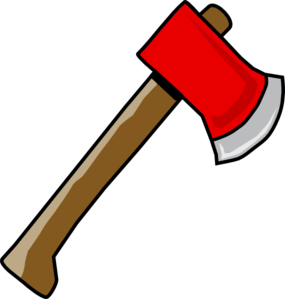·
O.J. "Jiggs"
Gabbert is the founder of Gabbert Cullet in Williamstown, WV.
·
1987
Jiggs was awarded an honorary life membership in the Glass Art Society for
recognition of his contributions to the studio glass movement.
·
Jiggs Gabbert passed away on
April 19th 1992.
Assignment/Journal: If you had access to
cullet…what would you make? Cullets are broken pieces of glass or waste from a
glass piece. As you can see in my pictures, lots of things are created from
broken/waste glass. Make sure you explain why you are making this certain piece
and why you chose the color, size, texture…etc.
- Turning Glass into Fine
Art Since 1905
- ·
Fenton Art Glass was founded in 1905 by brothers Frank L.
and John W. Fenton.
- ·
By the late 1940s, a new generation of Fentons was running
the company. Brothers Frank M. and Wilmer C. (Bill) Fenton would lead the
Fenton factory through significant growth for the next 30 years.
- ·
In 1986, George W. Fenton, Frank's son and a
third-generation family member, became president of the company.
- ·
Today, eight Fenton family members work together along
with over 100 employees in Williamstown, West Virginia, creating new colors,
patterns and hand painted decorations that result in handmade glass artistry that is loved by
collectors around the world.
- ·
Fenton Family Tree
Assignment:
Fenton Glass makes lots of different pieces of glass (vases, beads, lamp
shades, knick-knacks…etc.). Fenton Glass
is located in Williamstown, WV. This means that our state is known for a BIG
portion in the advancements of glass. Study my pictures and then look away.
Journal:
Please journal about what the pictures tell you. Write 10+ sentences in your
journal about the first thing that comes to your mind when looking at my
pictures. Keep in mind that Fenton Glass has been around for over 100 years. I
want complete sentences and watch your grammar. Make your sentences detailed!
(Bad example: Fenton Glass offers lots of different colors of glass.) (Good
example: Fenton Glass offers colored glass and also hand painted glass.)
- ·
The Glass Museum
features 3,000 examples of Wheeling glass and china made from 1820–1939, including the famous Sweeney
Punch Bowl, the largest piece of cut lead
glass in the
world.
- ·
The museums are located in Oglebay
Park,
Wheeling
- · The mansion was placed on the National
Register of Historic Places in 1979.
Assignment/Journal: Again, Oglebay is located in
Wheeling, WV. So, this too is part of our history in WV. They are known for
their creative art glass pieces. Here you see the gift shop. Why do you think
people want to buy glass from WV? What is the significant reasoning? Why
certain colors? What piece to buy?


